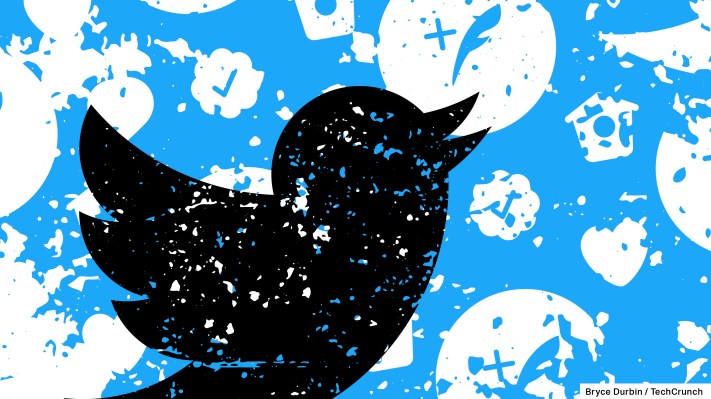

Starting today, Twitter is rolling out auto-generated captions on videos. This feature will make videos more accessible for deaf and hard-of-hearing users. Auto captions will be available on web, iOS and Android in over 30 languages, including English, Spanish, Japanese, Arabic, Thai, Chinese, Hindi and many more.
The captions could become useful in Twitter’s new vertical feed the company began testing last week. The feed, if rolled out publicly, would make the app’s Explore tab resemble TikTok, serving one piece of algorithmically recommended content at a time, including videos. On feeds like this, captioned videos have become expected because they make it easier to scroll through feeds when you’re in a public place and headphones aren’t in reach.
But unlike the video caption features on TikTok and Instagram Reels — which allow users to edit the captions’ text before posting — Twitter won’t let users tweak its captions. That means users won’t be able to correct any errors to make the automated captions more accurate.
Accessibility features like auto captions and image alt text have been getting more attention from Twitter after it finally created dedicated accessibility teams in September 2020. This staffing change was spurred after users criticized Twitter last summer for piloting a voice tweet feature without auto captions. Now, voice tweets and Spaces, Twitter’s Clubhouse competitor, both have captioning.
While Twitter’s support for captions on videos is new, the company was already using captioning technology in its live audio chatrooms, called Twitter Spaces.
The company notes it retains an audio copy of a Space, including the captions, for thirty days to review the content for violations of Twitter’s guidelines. If a Space is found to contain a violation, Twitter will hold on to these records for an additional 90 days to offer the speakers a chance to appeal their violation.
Unfortunately for Twitter and users alike, this process doesn’t go far enough to address issues of abuse on its platform. Twitter Spaces users have been served blatantly harmful content — including Spaces with racist titles that remained on their feeds even after being reported. Twitter community manager Simon Balmain recently tweeted the company is working on the problem, but Twitter hasn’t yet detailed if or how its system will expand beyond its existing reporting features and the retention of Spaces’ audio and captions.

